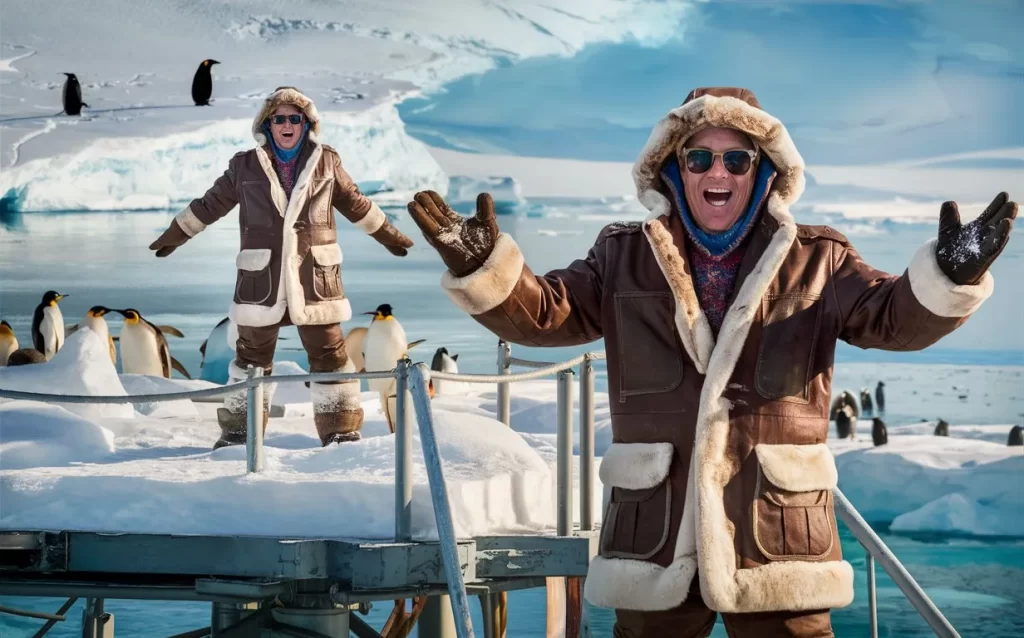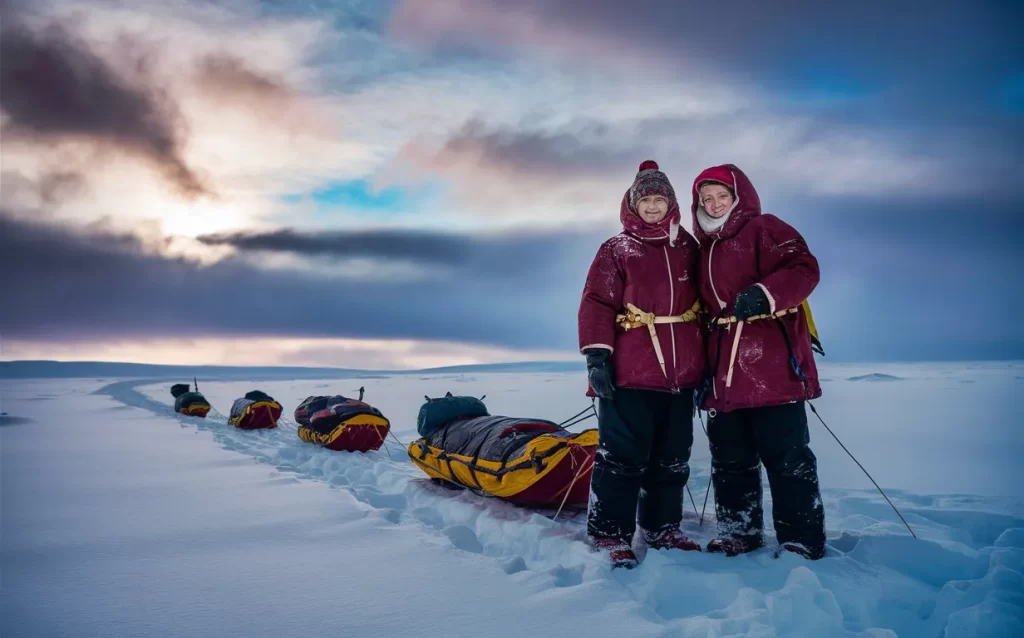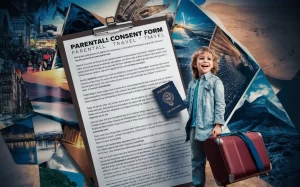Table of Contents
Is it legal to travel to the North Pole? This question intrigues many adventure seekers and curious minds eager to explore the magnetic north. The North Pole, a remote and icy wonderland, holds a special allure, much like the South Pole or Antarctica. Before booking a flight or taking a cruise, it’s essential to understand whether you can legally visit the North Pole or get to the North Pole. Located at the geographic North Pole, 90 degrees north, it is an area of extreme cold and sea ice, often requiring an expedition ship or icebreaker ship for access. While the Arctic and Antarctic regions are geographically unique, the North Pole’s accessibility remains a mystery for many. This article will answer this question, exploring how travelers can reach the pole, the best ways to visit, and the legalities involved. Whether you’re planning a helicopter flight from Svalbard or booking a flight from Murmansk, we’ll dive into the details. Let’s know about the North Pole and the latest updates for 2024.
Understanding the North Pole: A Unique Destination
Understanding whether it is legal to travel to the North Pole is crucial for those interested in an Arctic experience. This region, located on Earth’s axis of rotation, offers thrilling and challenging exploration for those who dare to go to the North. Companies that offer Arctic expeditions, such as those from Svalbard or Franz Josef Land, provide guided trips. Still, the journey often depends on the weather, season, and effects of global warming, especially as travelers go to the North Pole. As travelers begin planning their excursions, knowing about the environmental impact and booking a flight or joining an expedition to visit the Arctic is crucial in reaching this inaccessible destination. Whether by cruise, helicopter, or icebreaker ship, you’ll need to carefully navigate the pack ice and the northwest passage to experience the top of the world.
The geopolitical environment surrounding the legality of visiting the North Pole
No nation owns the North Pole. It sits in international waters, and several nations, including Russia, Canada, Denmark, and Norway, claim rights to parts of the Arctic. This geopolitical complexity adds to the intrigue of whether traveling to the North Pole is legal.
Legal Aspects of whether is it legal to travel to the North Pole
So, is it legal to travel to the North Pole? Certainly, but only after considering a few crucial factors. Let’s explore these in detail.
Is it legal to travel to the North Pole? Permits & Permissions
Traveling to the North Pole requires permits and permissions. Since it lies in international waters, you must adhere to the regulations of the country from which your expedition begins. For example, if you start your journey from Norway, you must follow Norwegian laws and obtain the necessary permits.
Environmental Regulations
The Arctic is a fragile ecosystem. Various international agreements and protocols, such as the Arctic Council’s guidelines, aim to protect this unique environment. Travelers must comply with these regulations to minimize their impact on the Arctic’s delicate ecosystem.
Organizing Your Trip to the North Pole Whether Is visiting the North Pole permitted?
Planning a trip to the North Pole involves meticulous preparation. Here’s what you need to know to make your adventure legal and enjoyable while visiting the Arctic.
Choosing a Tour Operator for Whether it Is Legal to Travel to the North Pole
One of the easiest ways to ensure a legal and safe journey is to book with a reputable tour operator. These companies are well-versed in the legalities and logistics of North Pole travel, ensuring that adventurers can safely visit the Arctic. They will handle the permits, provide experienced guides, and ensure your safety.
Safety Considerations of Is it Legal to Travel to the North Pole
Traveling to the North Pole is with risks. Extreme cold, unpredictable weather, and remote location pose significant challenges. It’s essential to prepare adequately, including training for cold-weather survival and ensuring you have the right gear.
Best Time to Visit Whether Is it Legal to Travel to the North Pole
The best time to travel to the North Pole is during the Arctic summer, from late June to early August, when conditions are most favorable for those looking to go there. The weather is relatively mild during this period, and the ice is more navigable.
The Experience of a Lifetime: whether is it Legal to Travel to the North Pole

Reaching the North Pole is a monumental achievement that many dream of as they plan to visit the Arctic. What to anticipate from this once-in-a-lifetime experience is as follows.
Wildlife Encounters
Unique animals can be found in the Arctic, such as polar bears, Arctic foxes, and a variety of birds. It is a once-in-a-lifetime chance to see these animals in their natural habitat.
The Midnight Sun
One of the most surreal experiences at the North Pole is the sun at midnight, a phenomenon that draws many to the North Pole. The sun never sets in the summertime, providing 24 hours of daylight. This phenomenon is both eerie and fascinating.
Also Read: Travel Requirement for Production Managers: Essential Guide Revealed
Case Studies

Case Studies: Who Has Traveled to the North Pole?
These examples highlight such an endeavor’s challenges, legal frameworks, and successes.
Case Study: The 1990 International North Pole Expedition
The 1990 International North Pole Expedition, led by Will Steger, was a significant milestone in Arctic exploration. This multi-national team, comprising members from six countries, successfully reached the North Pole using dog sleds, showcasing the spirit of adventure that comes with going to the North. The expedition highlighted the importance of international cooperation and the need to adhere to emerging environmental guidelines and regulations set by Arctic governing bodies, especially concerning the magnetic north pole.
Ready to Book Your Arctic Adventure?
If you dream of an unforgettable Arctic adventure, now is the perfect time to start planning. Whether you’re eager to visit the North Pole, explore the icy landscapes of Greenland, or embark on a cruise through the Arctic Ocean, there are countless opportunities to experience this remote and thrilling destination. From helicopter flights over sea ice to booking an expedition ship to the top of the world, your Arctic journey awaits. Prepare for a once-in-a-lifetime adventure and make your Arctic dream a reality today!
So, are you ready to uncover the truth and embark on an exciting expedition to the North Pole? Plan your trip, follow the legal guidelines, and enjoy the breathtaking beauty of the Arctic. Safe travels!





